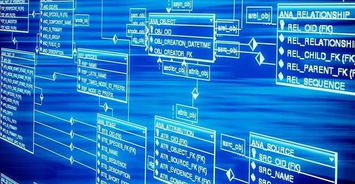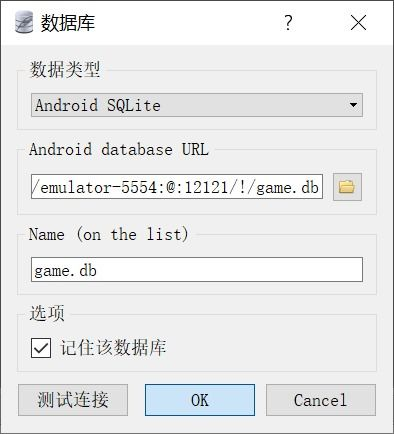JDBC Connection to MySQL Database: A Comprehensive Guide
Understanding JDBC and MySQL
JDBC, which stands for Java Database Connectivity, is an API that allows Java applications to interact with various databases. MySQL, on the other hand, is a popular open-source relational database management system (RDBMS). Connecting to MySQL using JDBC is a common requirement for many Java developers, as it enables the storage, retrieval, and manipulation of data in a structured format. Before delving into the code, it is essential to ensure that you have the JDBC driver for MySQL, known as 'mysql-connector-java', added to your project's build path.
Step 1: Add MySQL Connector Dependency
To begin, if you're using Maven for project management, you can add the MySQL connector dependency in your 'pom.xml' file as follows:
<dependency>
<groupId>mysql</groupId>
<artifactId>mysql-connector-java</artifactId>
<version>8.0.27</version>
</dependency>
For Gradle, you would include it in your 'build.gradle' file like this:
implementation 'mysql:mysql-connector-java:8.0.27'
Step 2: Writing the Connection Code
Once the MySQL connector is added to your project, the next step involves writing the Java code to establish a connection. The following code snippet illustrates how to do this:
import java.sql.Connection;
import java.sql.DriverManager;
import java.sql.SQLException;
public class MySQLConnection {
public static void main(String[] args) {
String url = "jdbc:mysql://localhost:3306/yourDatabase";
String user = "yourUsername";
String password = "yourPassword";
try {
Connection connection = DriverManager.getConnection(url, user, password);
if (connection != null) {
System.out.println("Connected to the database!");
}
} catch (SQLException ex) {
System.out.println("An error occurred while connecting to the database.");
ex.printStackTrace();
}
}
}
In this code snippet:
- The URL specifies the database address; 'localhost' refers to the local machine, '3306' is the default MySQL port, and 'yourDatabase' is the name of your database.
- 'yourUsername' and 'yourPassword' should be replaced with the actual database credentials.
- The try-catch block is used to handle potential 'SQLException' errors that can occur during connectivity.
Testing Your Connection
After writing your code, it's essential to test your connection. Compile and run your Java program. If successful, you should see a confirmation message stating, "Connected to the database!" If there are errors, check your MySQL server's status and ensure the credentials are correct. Additionally, verify that your database is running, and the firewall settings allow for connections through port 3306.
In summary, establishing a JDBC connection to a MySQL database involves adding the required dependencies, writing the connection code, and ensuring your configuration is correct. By following the steps outlined in this article, you can quickly set up your Java applications to interact with a MySQL database effectively.





